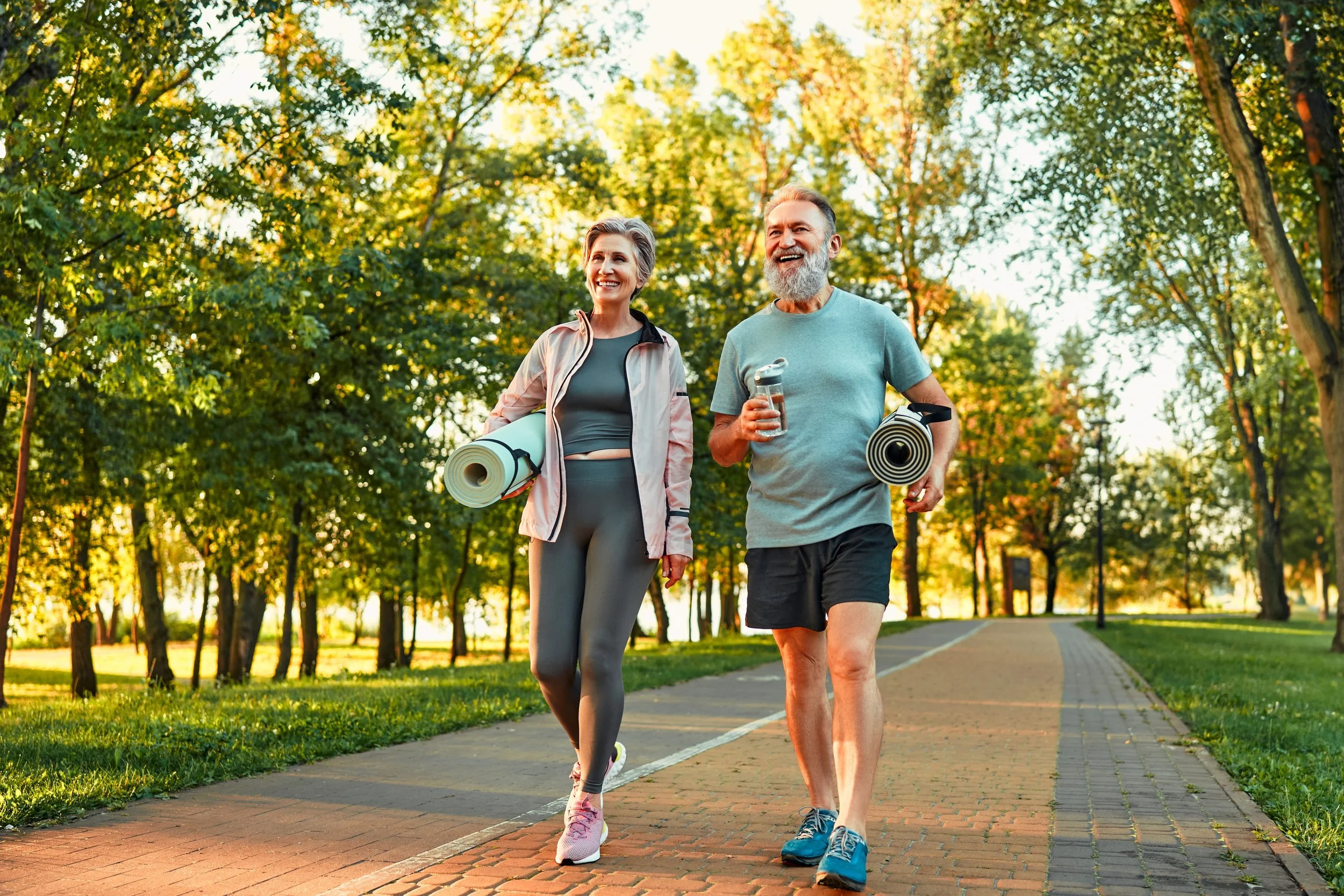Protecting Your Future Health: Falls, Hip Fractures, and Osteoporosis
By Scott Shepherd, DO, FACP, MBA/MHA
Shepherd Wellness
Why Falls Matter More Than You Think
As we age, one of the most overlooked threats to health and independence is the risk of falling. Every year, about one in three adults over the age of 65 experiences a fall, and for those over 80, that risk approaches 50% (CDC, 2024).
While some falls cause only minor injuries, others result in fractures—particularly of the hip. A hip fracture is not simply a broken bone; it is a potentially life-threatening event.
The Serious Consequences of Hip Fractures
Hip fractures are a major cause of disability and mortality in older adults. In the United States, they account for nearly 300,000 hospitalizations annually. The consequences can be profound:
Mortality risk: Within the first year after a hip fracture, approximately 20% of older adults will die—a risk even greater in men. In the first three months, women are five times more likely to die compared to their peers without fractures, and men face an eight-fold increased risk (Panula et al., Journal of Bone & Mineral Research).
Loss of independence: Many survivors are unable to return to their previous level of mobility. Roughly half of women and two-thirds of men who sustain a hip fracture never regain their prior level of independence.
Long-term health: Five years after a hip fracture, fewer than half of women and less than one-third of men remain alive, particularly those over 80.
Hip fractures are dangerous not only because of the injury itself, but because they trigger a cascade of complications: immobility, blood clots, infections such as pneumonia, and muscle loss.
Osteoporosis: The Silent Risk Factor
The greatest underlying risk for hip fracture is osteoporosis, a disease that causes bones to become thin and fragile. Osteoporosis often progresses silently until a fracture occurs.
By age 80, up to 70% of Caucasian women will have osteoporosis.
Men are also at risk, though often underdiagnosed.
Osteoporosis dramatically increases the risk of hip, spine, and wrist fractures.
Fortunately, osteoporosis can be detected through a DEXA bone density scan and managed with lifestyle changes and, when appropriate, medications.
How to Reduce Your Risk
The good news is that falls and fractures are not inevitable. With the right strategies, you can take proactive steps to protect your health and independence.
1. Exercise with Purpose: Resistance and Balance Training
Perhaps the most powerful intervention for both fall prevention and bone health is resistance exercise.
Reducing falls: Strength training builds muscle, improves balance, and enhances coordination—all of which reduce the likelihood of falling. Studies show that resistance and balance training for as little as 3 hours per week can cut fall risk significantly.
Preventing and treating osteoporosis: Resistance exercise stimulates bone remodeling, making bones stronger and denser over time. Unlike walking alone, which is excellent for cardiovascular health, resistance training specifically targets bone and muscle strength—making it essential for protecting against fractures.
Examples include:
Weight lifting or resistance band exercises
Bodyweight exercises such as squats, lunges, or push-ups
Supervised strength programs designed for older adults
2. Build and Protect Bone Strength
Ensure adequate calcium and vitamin D through diet and supplements if needed.
Avoid smoking and limit alcohol intake, as both weaken bones.
Speak with your physician about osteoporosis screening with a bone density test.
If osteoporosis is diagnosed, effective treatments—including bisphosphonates and other medications—can help strengthen bones and lower fracture risk.
3. Prevent Falls at Home and in Daily Life
Eliminate tripping hazards such as loose rugs, clutter, or poor lighting.
Install grab bars in bathrooms and railings on stairs.
Rise slowly from chairs or the bed to avoid dizziness.
Have your vision and medications reviewed regularly.
4. Additional Protective Strategies
In high-risk individuals, hip protectors (specialized padded garments) may reduce the risk of fracture during a fall.
Managing chronic conditions like diabetes or low blood pressure also improves overall safety.
Taking Action Today
Falls and fractures are not an inevitable part of aging. By addressing risks early, strengthening your body, and caring for your bones, you can preserve independence, mobility, and quality of life.
At Shepherd Wellness, we believe that proactive prevention is the most powerful medicine. If you are over 50—or have risk factors for osteoporosis or falls—now is the time to act. Together, we can design a personalized plan that includes resistance exercise, nutrition, and medical care to protect your health for years to come.
References
Centers for Disease Control and Prevention. Important Facts about Falls. 2024.
Panula J, et al. Mortality and cause of death in hip fracture patients aged 65 or older. Journal of Bone and Mineral Research. 2011.
International Osteoporosis Foundation. Facts and Statistics: Epidemiology of Osteoporosis and Fragility Fractures. 2024.
Verywell Health. Breaking a Hip: Deadlier than Cancer? 2024.
U.S. National Institutes of Health. Osteoporosis Overview.


